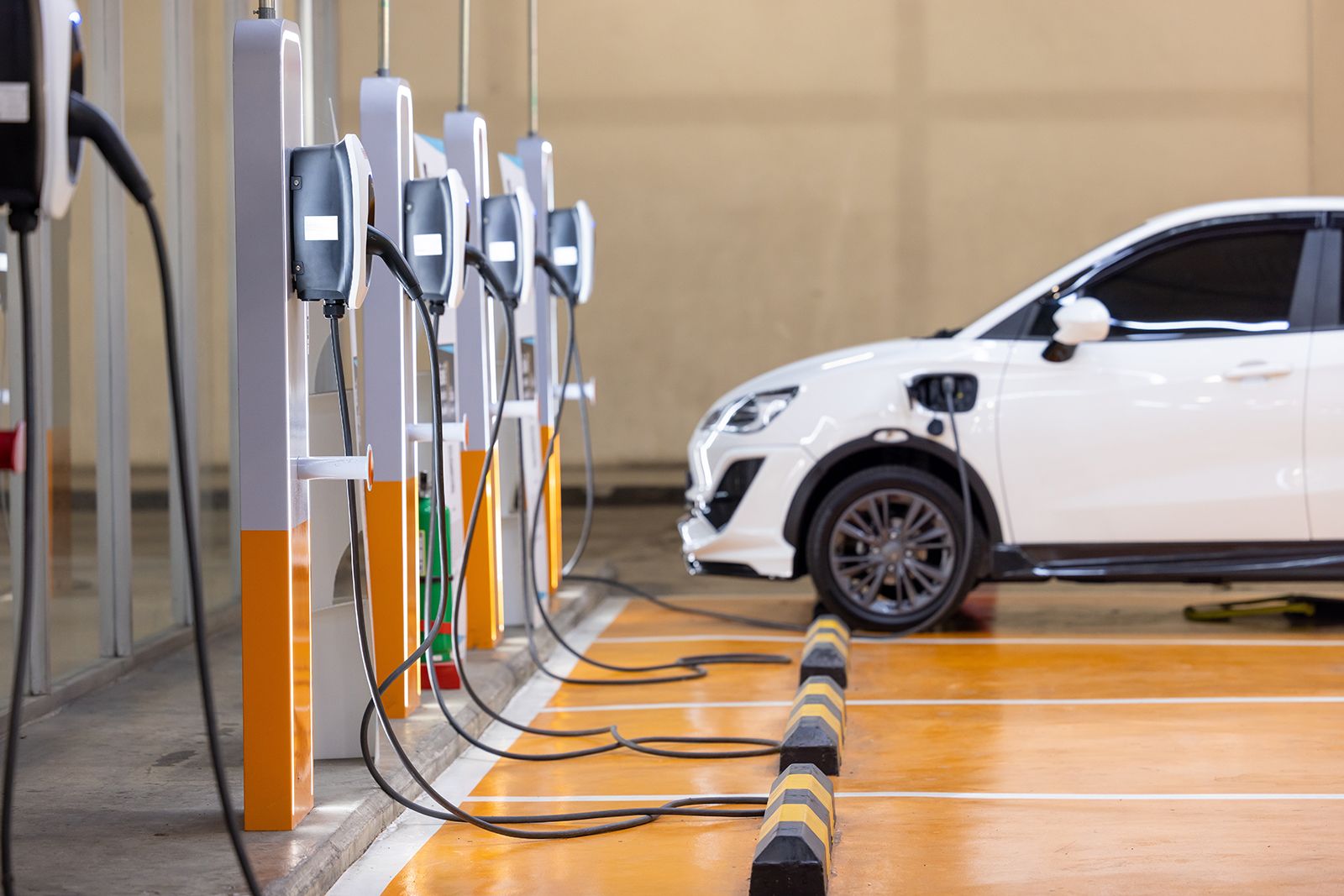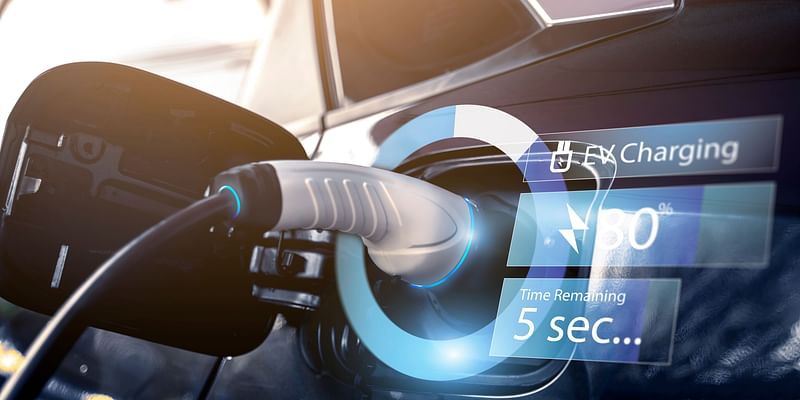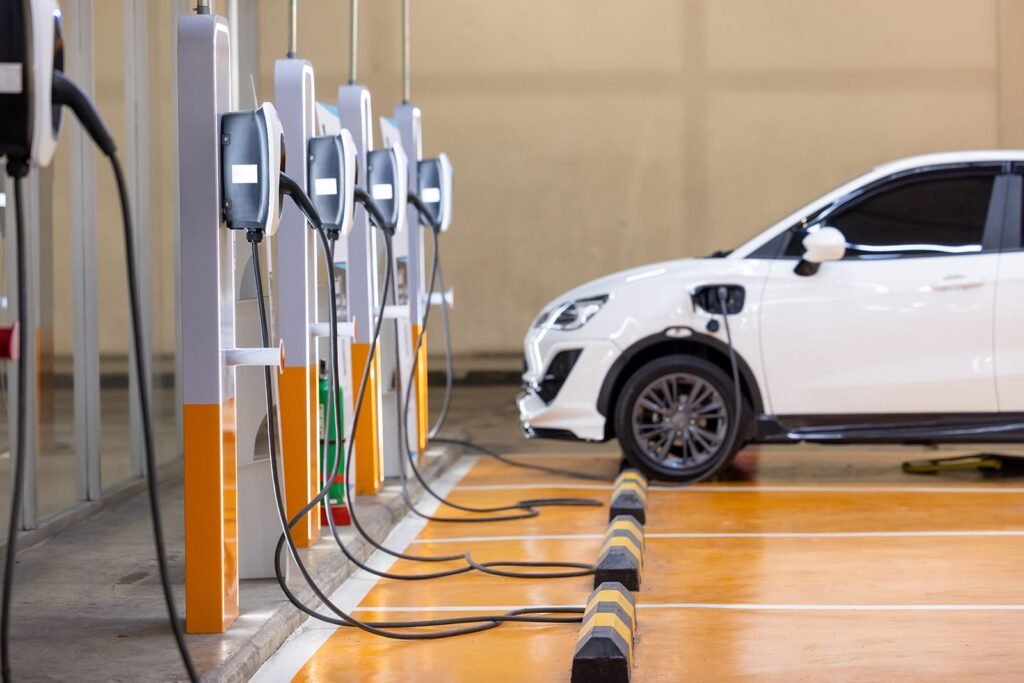
For years now, the conversation around EV charging has circled the same talking point: ‘India needs more charging stations.’ But the bigger issue isn’t lack of infrastructure, it’s underutilisation.
A typical CPO in India needs 30–35% utilisation of their chargers to reach breakeven. However, most don’t come close. And while it’s easy to blame the low EV-to-charger ratio or EV adoption, the reality is that several chargers lie unused because we are not driving enough demand to existing infrastructure. This results in a disillusioned investor base who invested in assets that are generating low returns, despite being in a high-growth sector.
As of 2024, India has installed over 25,000 public EV charging stations, according to the Ministry of Power However, the utilization of these chargers is still quite low at less than 10% for most charge point operators. While it’s easy to assume that the issue lies in the number of chargers, the real bottleneck lies elsewhere, in energy access, interoperability, consumer awareness, and intelligent infrastructure management.
The need for smart infrastructure
India’s charging infrastructure today has outpaced the current rate of EV adoption in several regions, especially metros. But static hardware installations alone are not enough. To achieve even a 30–35% charger utilisation rate, required by most charge point operators (CPOs) to break even, charging solutions need to be smart, connected, and modular.
This means enabling real-time monitoring, adaptive energy distribution, and predictive maintenance. Unfortunately, most legacy setups lack this technological backbone, which leads to low uptime, unresolved outages, inefficient load balancing, and ultimately, poor user experience. Without the ability to detect issues in real-time and resolve them proactively, chargers remain underutilised—even in high-footfall zones—highlighting that the real gap is not infrastructure quantity, but intelligent operations.
Take dynamic energy allocation, for instance. In areas with multiple chargers installed, energy often isn’t distributed efficiently. A smart energy management system can prioritize chargers in use, allocate optimal power loads, and prevent grid stress, yet this remains a missing link in many installations.

The role of data and interoperability
According to a report by the NITI Aayog and RMI, the majority of charging sessions in India occur at home or workplace locations, not public charging stations. This means the visibility of public infrastructure needs to increase through interconnected, app-based networks that allow EV users to locate, reserve, and track chargers seamlessly.
But fragmentation is a problem. Multiple OEMs, charger types, and network protocols have created a fractured ecosystem where interoperability remains a challenge. While four-wheeler EVs in India predominantly use Type 2 and CCS2 connectors, the absence of a mandated standard means other connector types are also in use.
The two-wheeler segment remains particularly fragmented, with no dominant standard emerging yet across manufacturers. This lack of standardisation directly impacts user convenience and charger utilisation. Without a unifying platform that enables seamless communication between chargers and vehicles, infrastructure continues to be grossly underutilised, especially for two-wheelers, which make up the bulk of EV sales in India.
Efforts are underway to address this. The Bureau of Energy Efficiency (BEE) has proposed UEI (Unified Energy Interface), specially designed for the EV industry, helping drivers find, access, and pay for charging services. This will help connect different charging networks and simplify the entire charging process, along with ensuring interoperability, allowing drivers to charge at any station without hassle. Still, adoption is slow, especially in the private sector, where proprietary systems continue to dominate.
Consumer awareness and access lag behind
Majority of EV owners in India feel that the visibility for these stations is extremely opaque. Despite chargers being installed across key locations, their lack of visibility and consumer communication results in poor adoption. They are often communicated but spread across different apps. An average EV user might have anywhere between 2-5 charging apps on their phone to find the nearest station around them at a given time.
Solutions that integrate QR-based public listings for private chargers, enable businesses to share unused charging time, can democratize access, turning available chargers into accessible infrastructure. The common response to low charger utilisation is to build more chargers in more locations. But this often results in the infrastructure being deployed in places that are hard to access or not visible to EV users.
EV infrastructure should be treated like a B2C asset that needs to be advertised, rated, reviewed and most importantly, easy to access. Charging must be easy, intuitive and rewarding, rather than a game of Russian roulette where you’re unsure of availability or charger health.
.thumbnailWrapper{
width:6.62rem !important;
}
.alsoReadTitleImage{
min-width: 81px !important;
min-height: 81px !important;
}
.alsoReadMainTitleText{
font-size: 14px !important;
line-height: 20px !important;
}
.alsoReadHeadText{
font-size: 24px !important;
line-height: 20px !important;
}
}

Location is just one part of the equation. The other big miss is in software. Most CPOs depend on out-of-the-box charging management software that comes bundled with the hardware. While convenient, these solutions often lack the ability to provide real-time insights into user behaviour, pricing levers or promotional engagement.
In India especially, there is a general reluctance to invest in software, but this mindset needs to evolve. The future of monetising EV assets lies in intelligent software that tells you things like peak usage hours, drop-off reasons, and consumer loyalty patterns, and lets you offer smarter pricing, coupons, or surge management.
Then there’s the issue of charger maintenance. Several times, a charger is available and accessible, but not functional. Whether it’s broken wiring or poor upkeep, charger downtime contributes significantly to low consumer trust. One failed charging experience is enough to turn a user off public infrastructure altogether. Maintenance and real-time servicing updates must be a part of the investment plan once your business starts to scale.
Lastly, it’s important for CPOs to understand the market segment they are operating in. A charging strategy that works for RWAs may not work for commercial hubs or fleet aggregators. One size cannot fit all in EV infrastructure, especially in a market that’s still maturing. Operators often try to pivot into multiple segments without tailoring their offering, which leads to diluted impact.
For EV charging infrastructure to scale in India, it is important to realise that the goal is not just to build more, but to make the existing network work better. By treating charging as a consumer-facing asset, investing in smart software and maintenance, and understanding the user journey deeply, CPOs can unlock real value from the assets they’ve already built.
Fast isn’t always enough
The government has sanctioned over 22,000 EV charging stations under the FAME II scheme. Yet, even ultra-fast chargers, which can reduce charging time to 30 minutes or less, are often idle. The assumption that faster is better has merit, but only when supported by battery management protocols that ensure health and longevity, cooling systems to prevent overheating, and software intelligence that prevents grid overload.
India doesn’t just need more chargers, it needs better ones. Intelligent, modular, and repairable hardware, backed by AI-driven energy optimization, is the future of EV infrastructure. Charging solutions that integrate renewable energy, support bidirectional energy flow, and offer white-labeled software platforms to fleet and charge point operators are redefining the landscape.
(Akshay Shekhar is the Co-Founder and CEO of KAZAM EV.)
Edited by Jyoti Narayan

